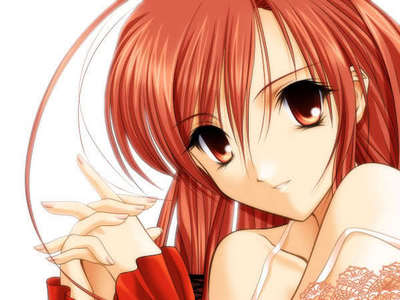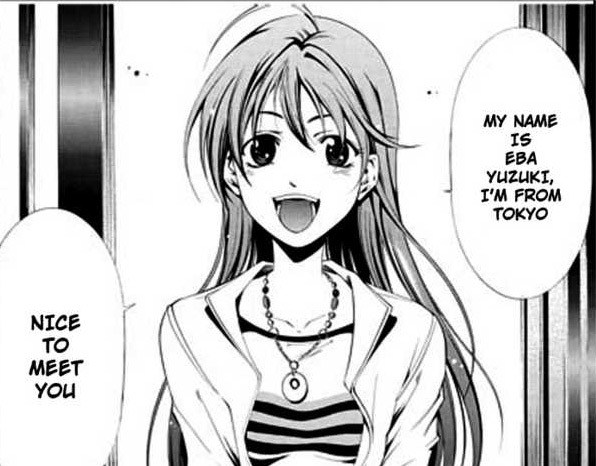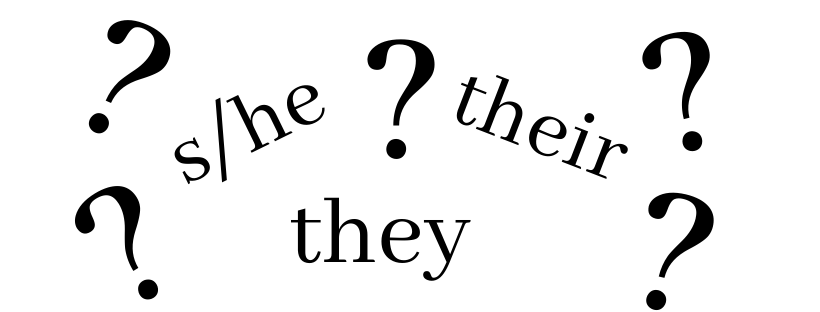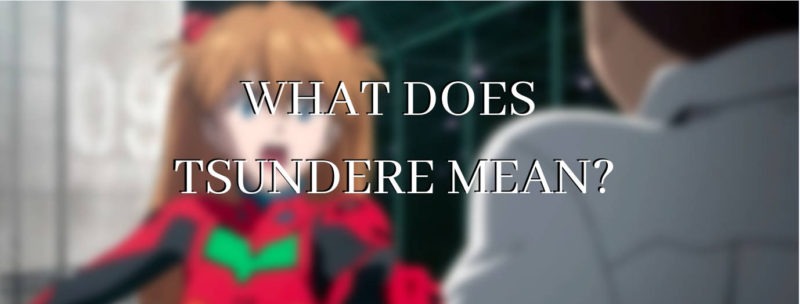
Anime has its own vocabulary that’s confusing for beginners. Tsundere is one such word. The word describes a type of character common to anime. When we meet these characters, they are initially harsh and even violent. Other times they are just cold and aloof on the outside, but either type eventually warms to be loving and warm. Tsundere is gender neutral, but most characters of this type are female (Kroon, 2014).
While the archetype has been around in some form since the advent of manga and anime, the word tsundere is new. It first appeared online in 2002. The word comes from two different phrases: tsun-tsun and dere-dere. In visual novels, characters begin in the tsun phase with the dere being the romantic ending of the game. Eventually the two phrases, and character phases in visual novels, combined to create tsundere (Togashi, 2009). The character is based on the idea that people don’t readily show what they are feeling inside–they hide it under layers of aggression or coldness, depending on their personalities.
Tsundere and other character archetypes use a specific type of language called role language, or yakuwarigo in Japanese. Role language is a literary device that associates with a certain cultural group. Role language includes specific words, grammar, and other features that only the specific group uses. There are 6 categories (Kinsui & Yamakido, 2015):
Gender – Words, phrases, grammar, and sentence structures vary based upon the gender the character identifies with. For example, male and female language varies in general. Men typically use more violent or action focused words than females. Gay male language differs from heterosexual male language through cues such as a pronounced lisp. Of course, these are just general markers, even stereotypes, used to orient an audience. Tsundere characters tend to borrow male-focused language, using more violent verbs and blunt sentences than a feminine character archetype would use.
Age / Generation – Each generation or age cohort use different words or common words in different ways. Elderly men and women will use different phrases than school-age children. Think automobile verses car. The differences aren’t usually drastic, but they serve to place the person in their specific generation and draw a difference between character ages.
Social Class / Occupation – Nobles and the wealthy will speak differently than the lower classes. In the case of tsundere characters, a noble tsundere will be less outwardly violent but more verbally cutting than a lower-class counterpart, for example.
Region / Ethnicity – Here you have the rural and urban divide that appear in many anime. Insults, slang, and other components of language reflect the characters’ background. You wouldn’t have a street-tough character use cow insults.
Pre-modern – This is historical language and closely tied to the social class of the person. Language changes over time–Shakespeare’s insult “I bite my thumb at thee” comes to mind. A pre-modern tsundere, for example, wouldn’t behave in a modern way. She would express herself in aloof, cold, and violent–and in similarly loving ways–based on the time period she lives within. Her version of love, for example, might be serving tea in the proper way. Her version of coldness would be dropping a teakettle and teapot in front of her interest and stalking away, shirking proper decorum.
Imaginary Creatures – This includes alien language, gods, ghosts, and other creatures. A tsundere kappa would behave a bit different from a human. He may purposefully spill the water from another kappa’s head-bowl or later on, fill it for her when it has gone dry.
Character Language
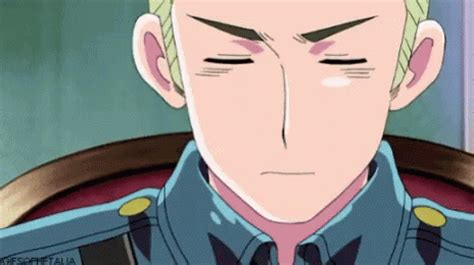
Character language uses these components of role language to define the archetype. It is a little different from role language even though character languages uses the same categories. Character language doesn’t belong to the group associated with the language. For example, an educated low-class sewer-mucking tsundere may use noble-class language to assert her distance. Breaking role language categories is a way to create character language. The character uses role language to express their personality instead of following the usual stereotype. In our example, the low-class tsundere isn’t a prim princess (which is a stereotype). She cleans the sewers of the prim princesses. Character language must also be assigned to a specific character for their role in the story. It can’t correspond to any group. Our tsundere sewer-shoveler needs to speak in a way unique to the story.
This may be a little confusing because of the overlaps between role and character language. Role language defines the type of speech people have in the larger group. Nobles speak this way. Peasants in that way. Character language takes elements from role language and uses them to set a specific character apart from the groups around her. Our sewer-slopper tsundere speaks differently from the other people of her social class.
Tsundere itself is a type of character language that pulls from role languages. Tsundere characters have a pattern they follow–cold and divisive language that turns into warm and loving language–that works within the role language of their group. Basically, a character language doesn’t appear in a larger speech community (Kinsui & Yamakido, 2015). Our sewer-worker would stand out even with the nobles because of her tsundere speech pattern.
Kinsui and Yamakido (2015) conclude tsundere is a character language even among comic-book and anime fans because the pattern isn’t recognized in the Japanese speech community. However, if it was, it would be folded into a role language category.
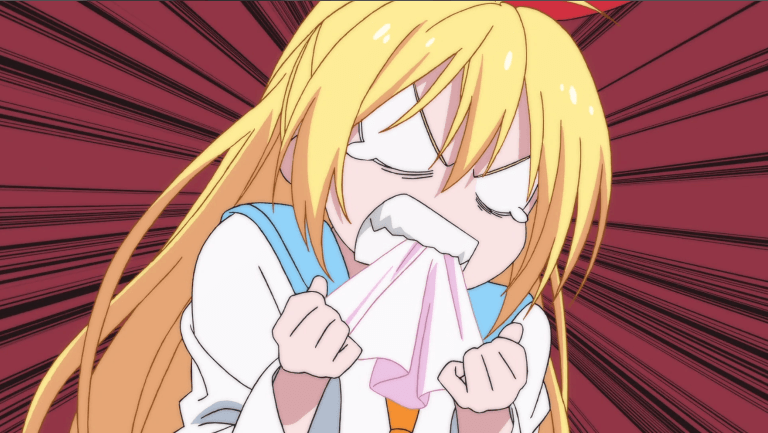
So tsundere is more than a character archetype. It is also a character language used to hide–and show–the internal feelings of a character or person. It uses aggressive or cold language that clashes with the defined role language of the character. While tsundere is gender neutral, most characters are female. This gender association creates the pattern tsundere usually follows because of the role language associated with being female–using less aggressive and direct sentences and phrases. Tsundere language doesn’t stand out against expected aggressive male-role language.
So to define the word:
tsundere (noun). a type of character found in anime and manga that appears harsh, cold, or violent in the beginning of the story and later appears loving and warm on the inside. 2. A pattern of language and behavior used to hide affection for another.
References
Brakke, D. (2015, April 15). Otaku: Adoring anime archetypes overused. St. Cloud Times.
Kinsui, S. & Yamakido, H. (2015) Role Language and Character Language. Acta Linguistica Asiatica, 5(2) 29-43.
Kroon, Richard (2014) A/V A to Z: An Encylopedic Dictionary of Media, Entertainment and other Audiovisual Terms. North Carolina: McFarland & Co.
Togashi, J. (2009) Tsundere Linguistic Theory. Department of Japanese Literature at Daito Bunka University.

![Lum [Urusei Yatsura] A Source for Moe and a First Tsundere Urusei Yatsura](https://www.japanpowered.com/media/images/Urusei-Yatsura-350x230.jpg)
